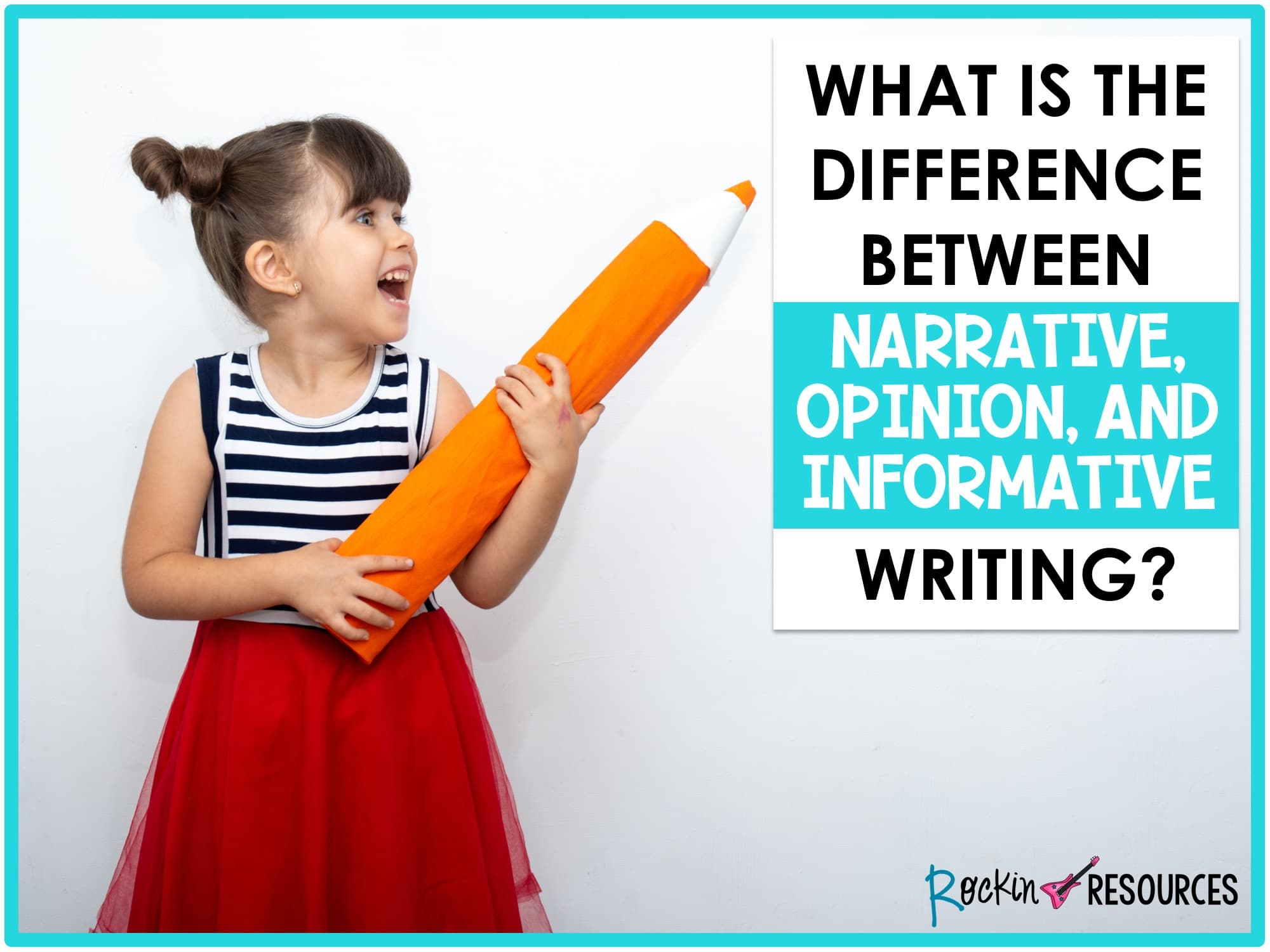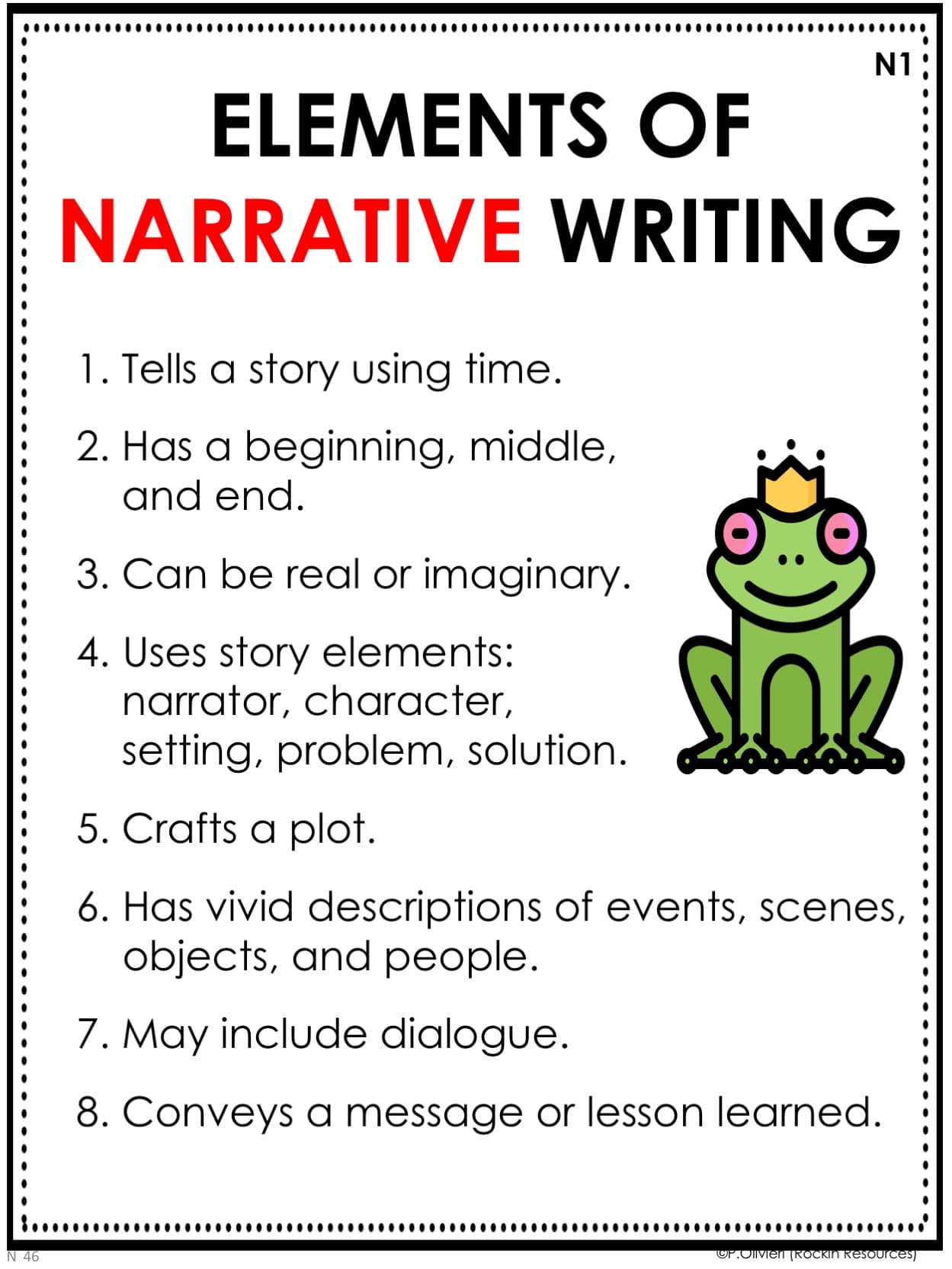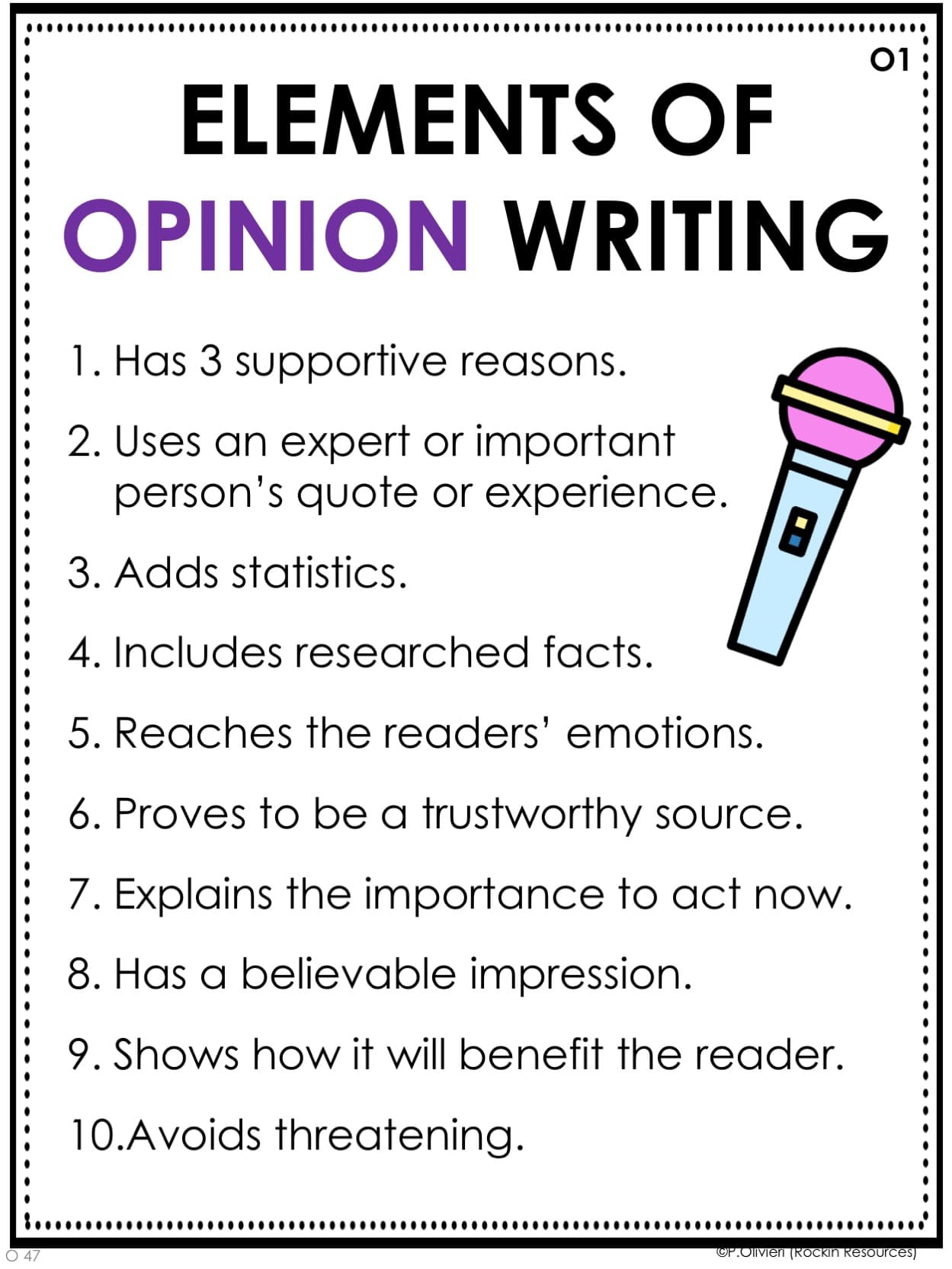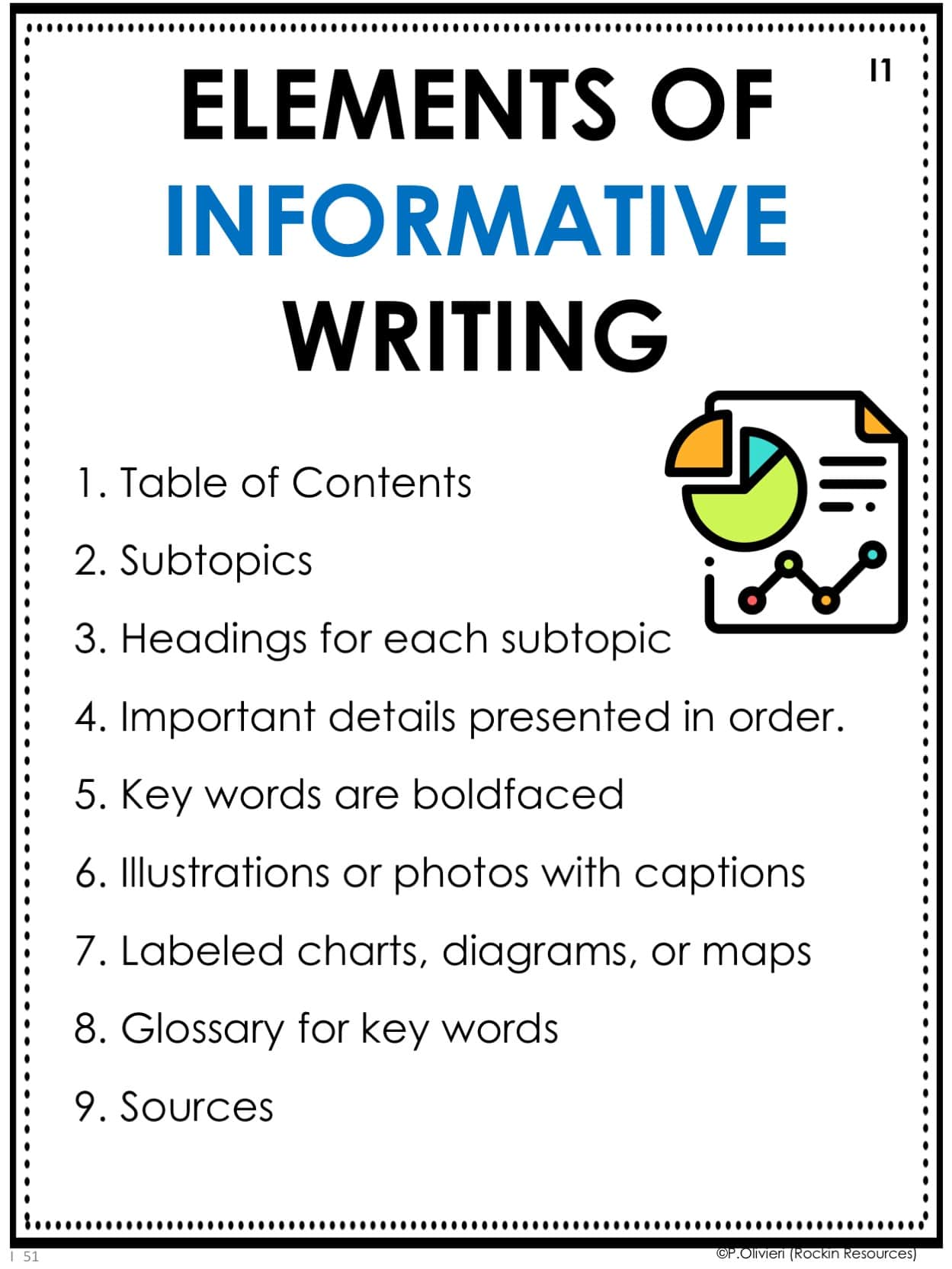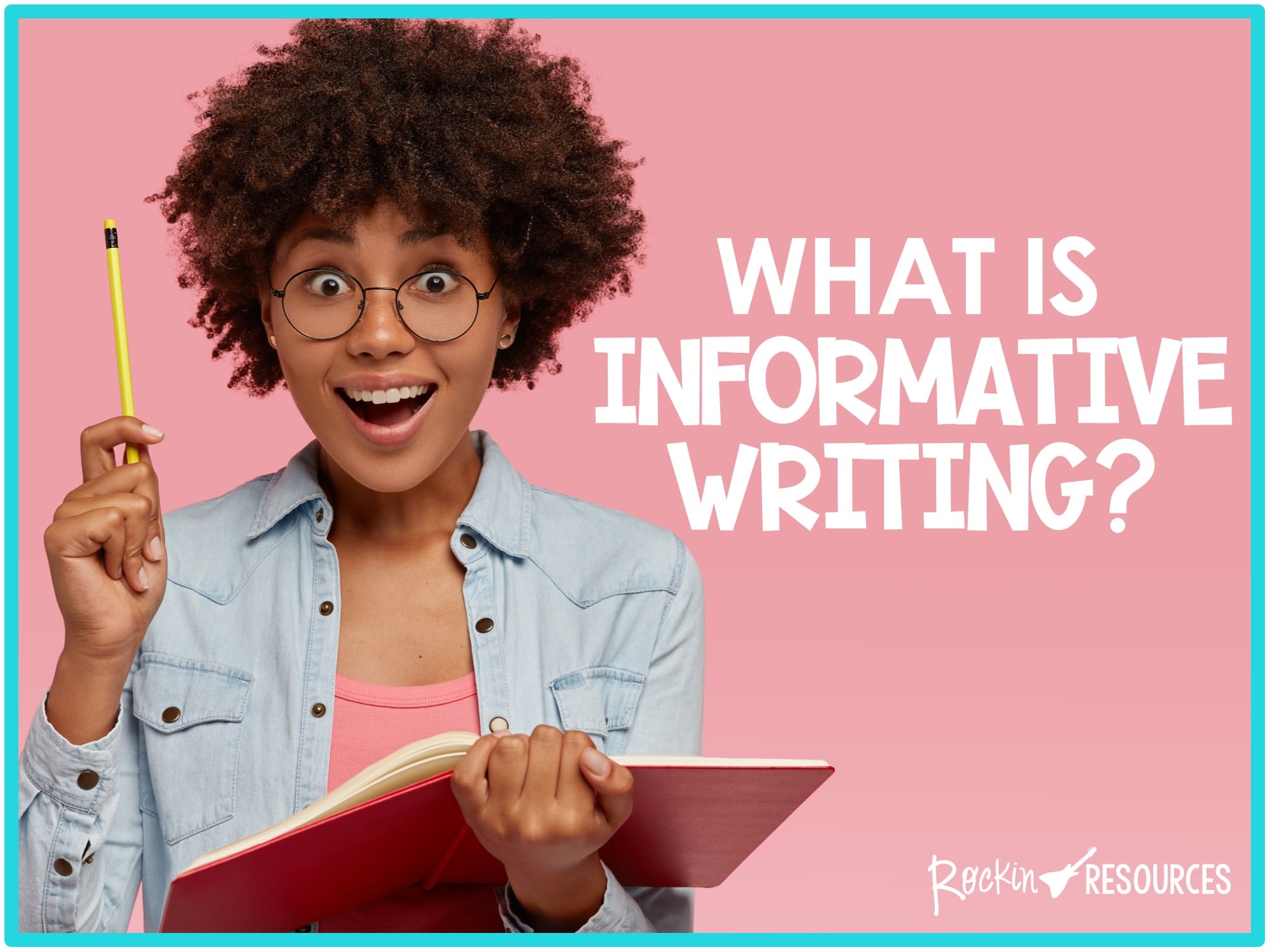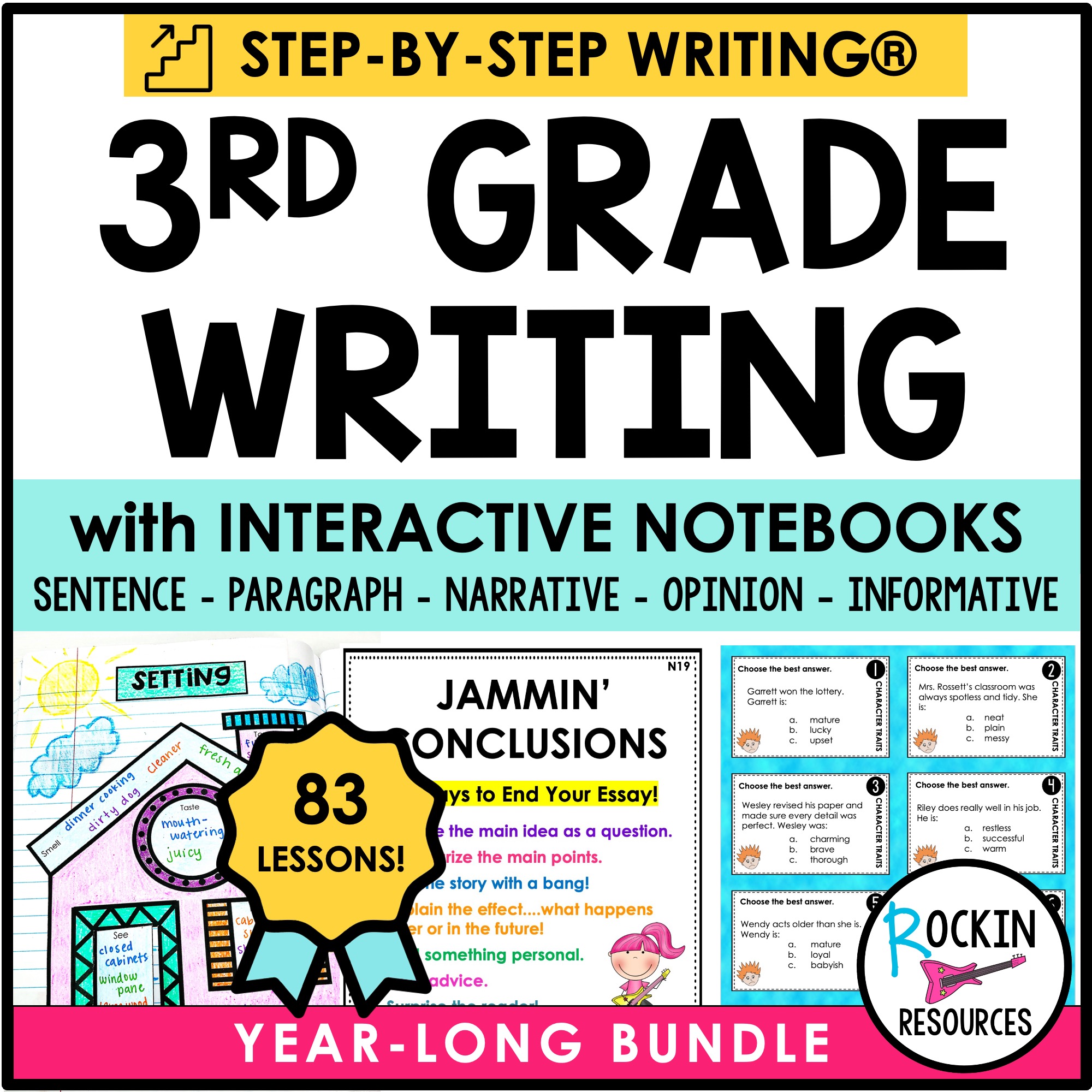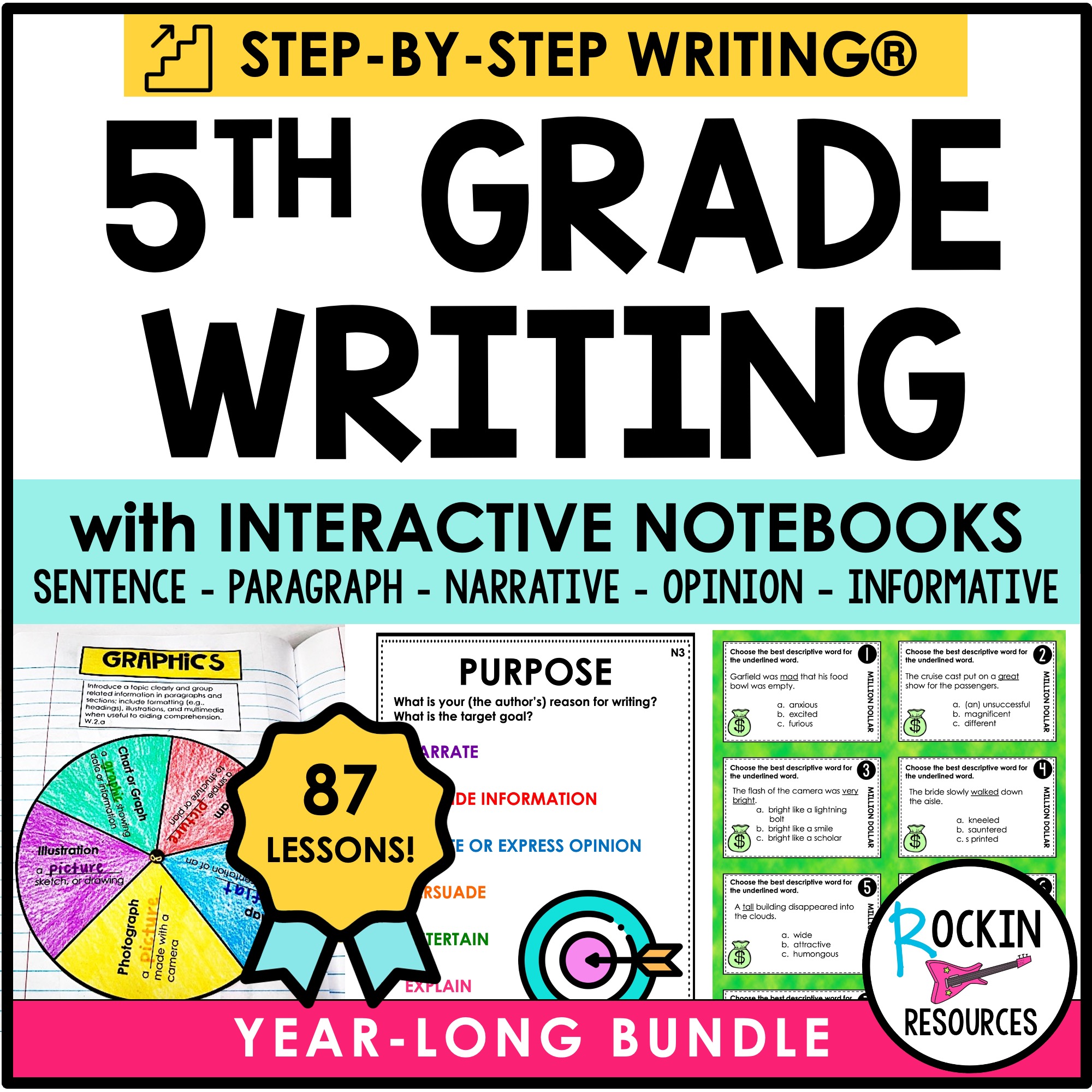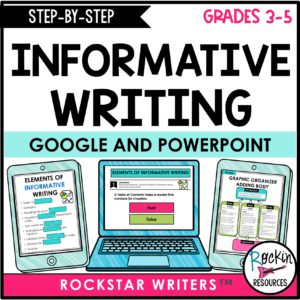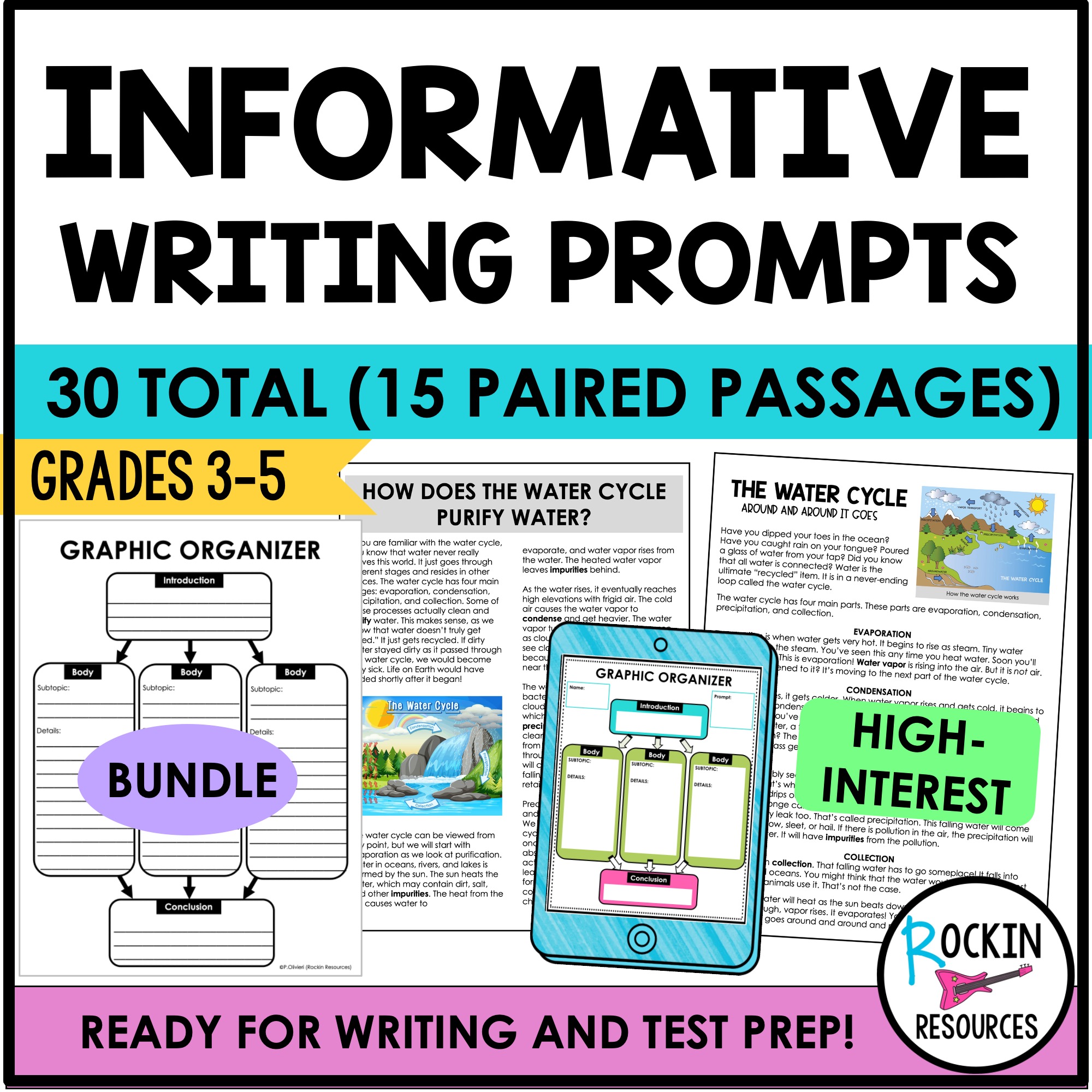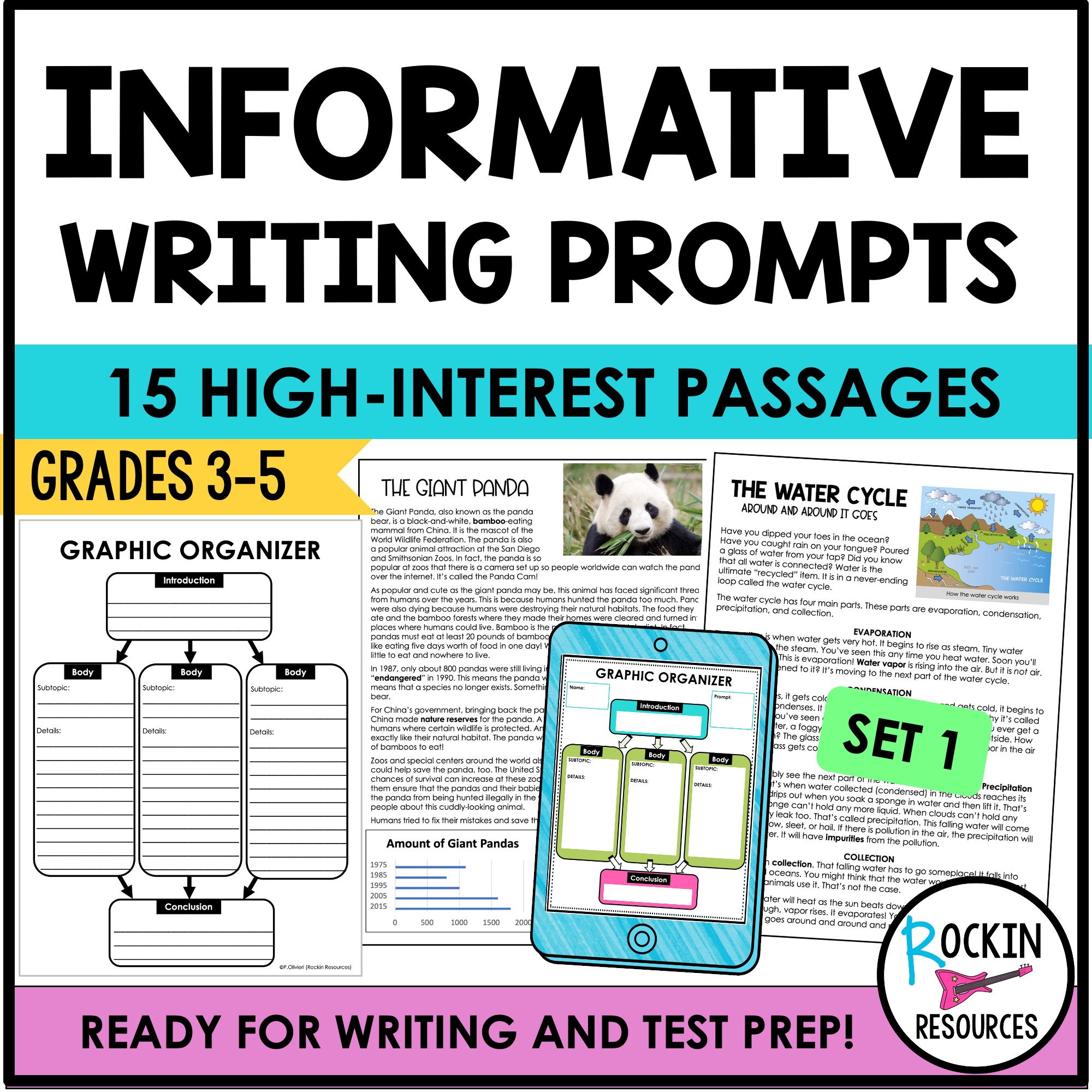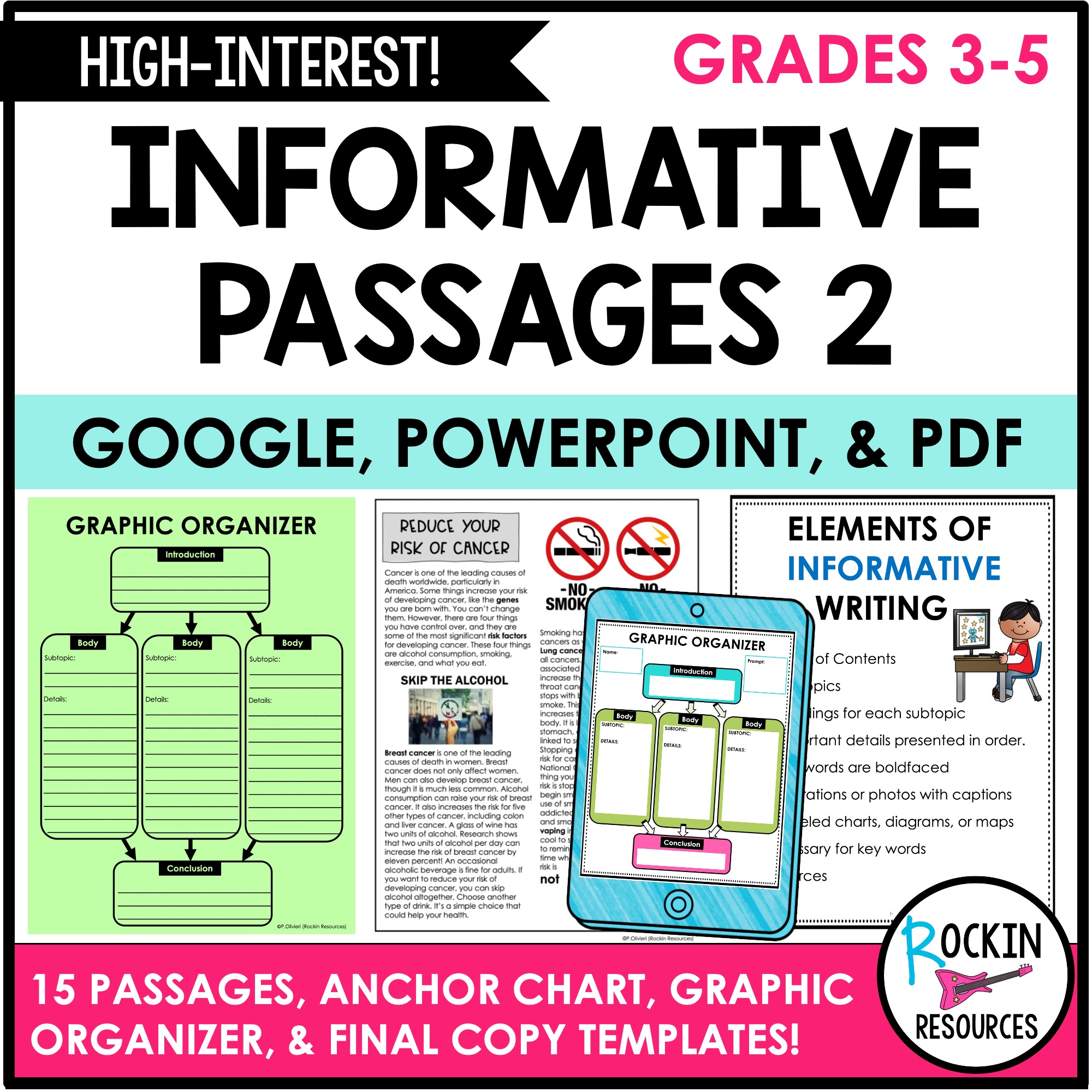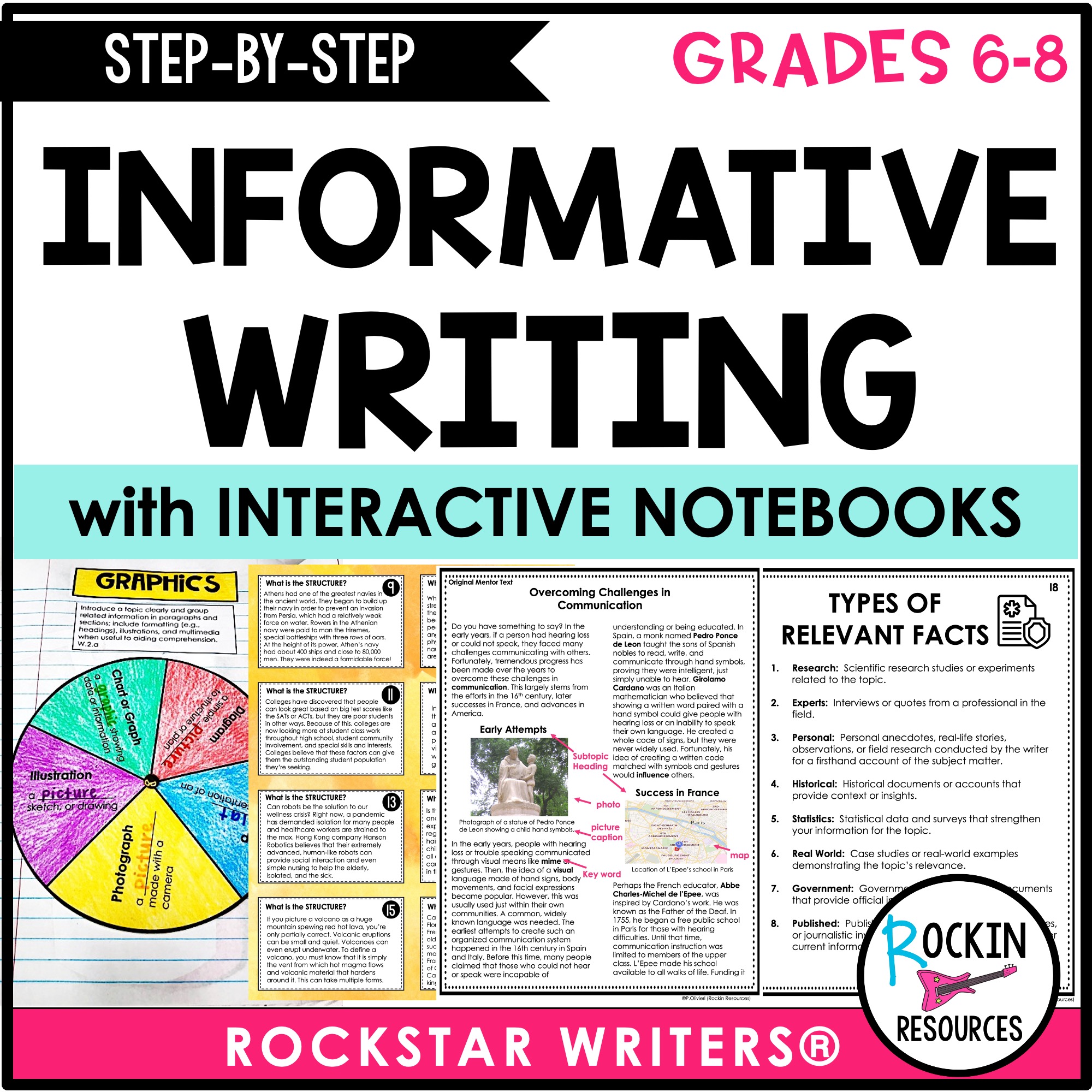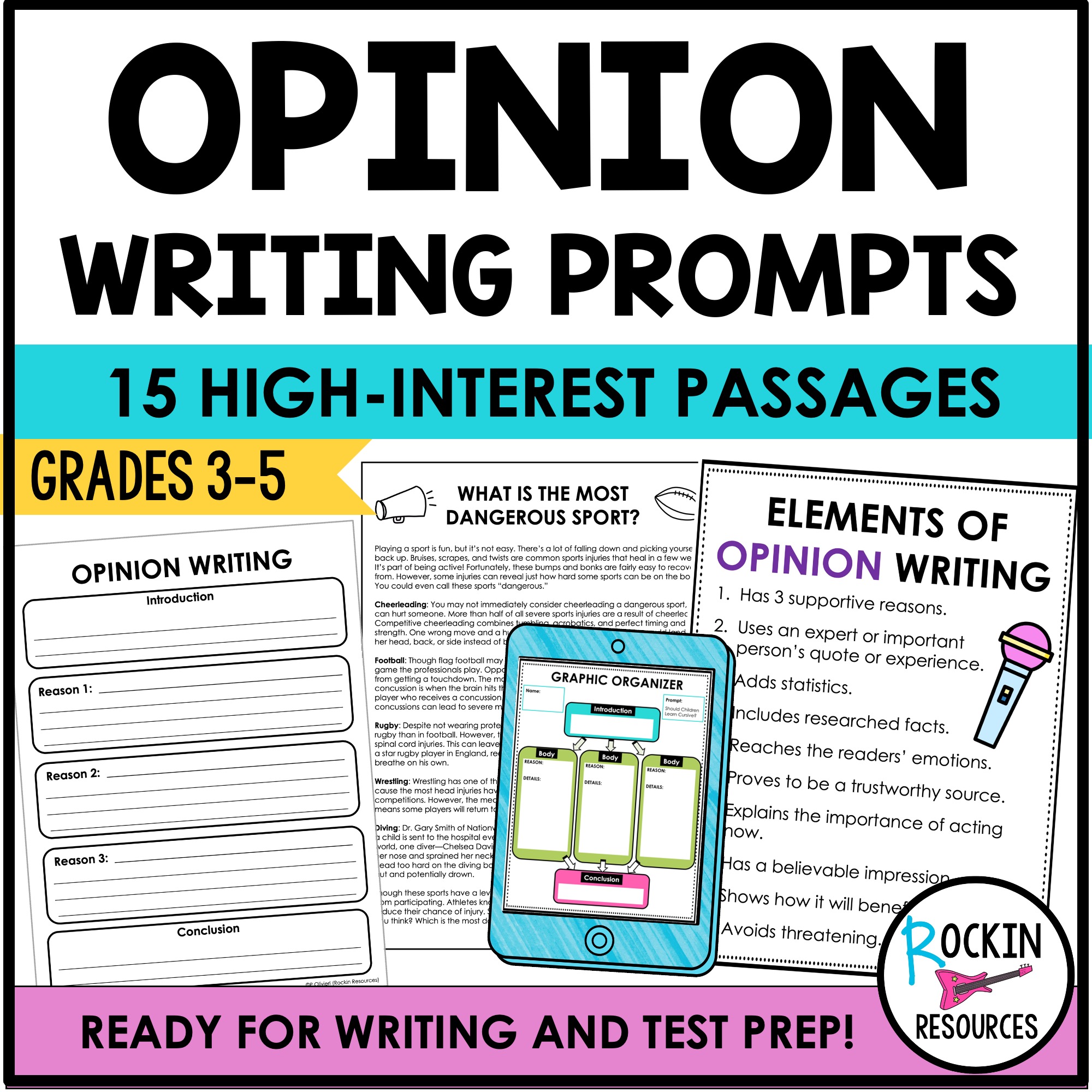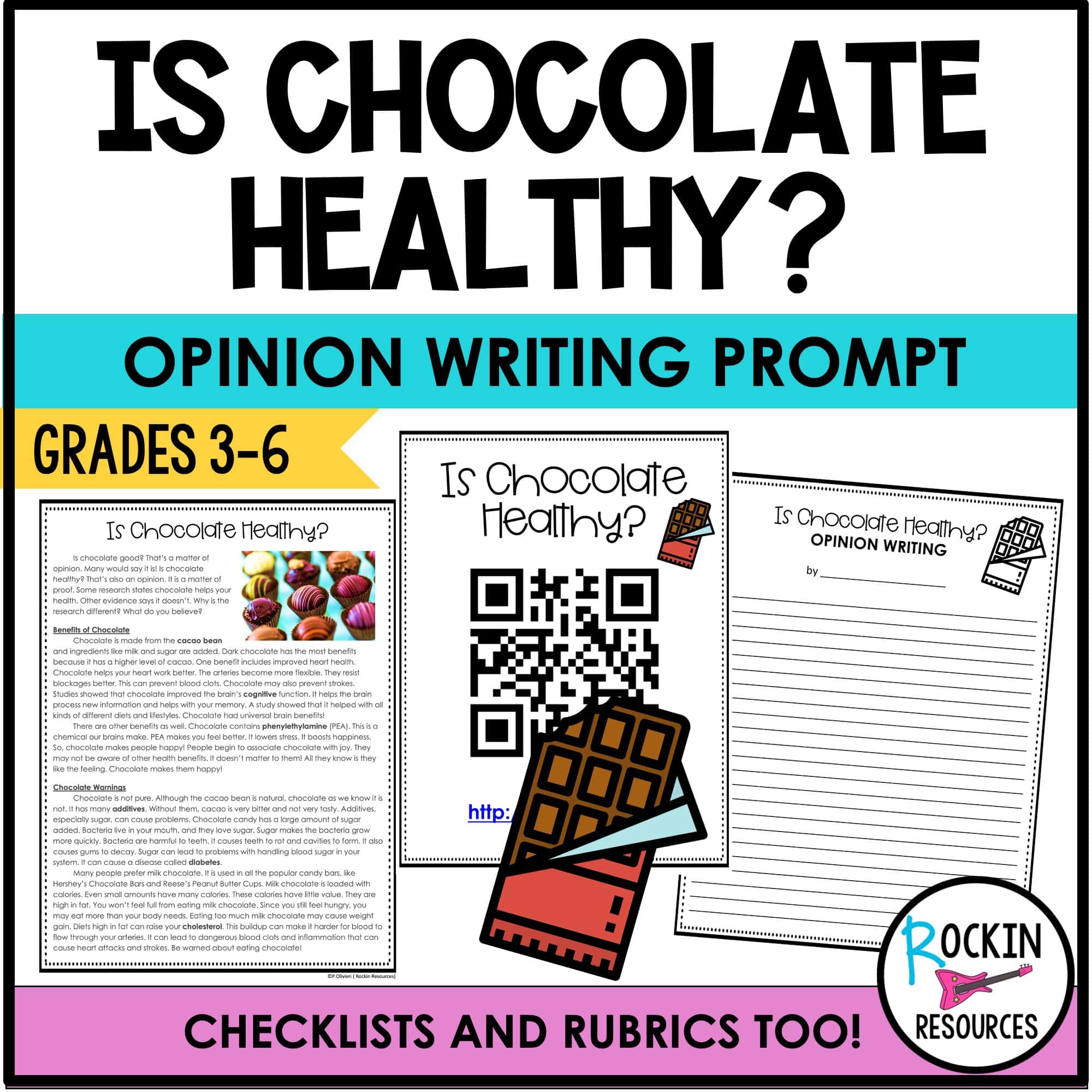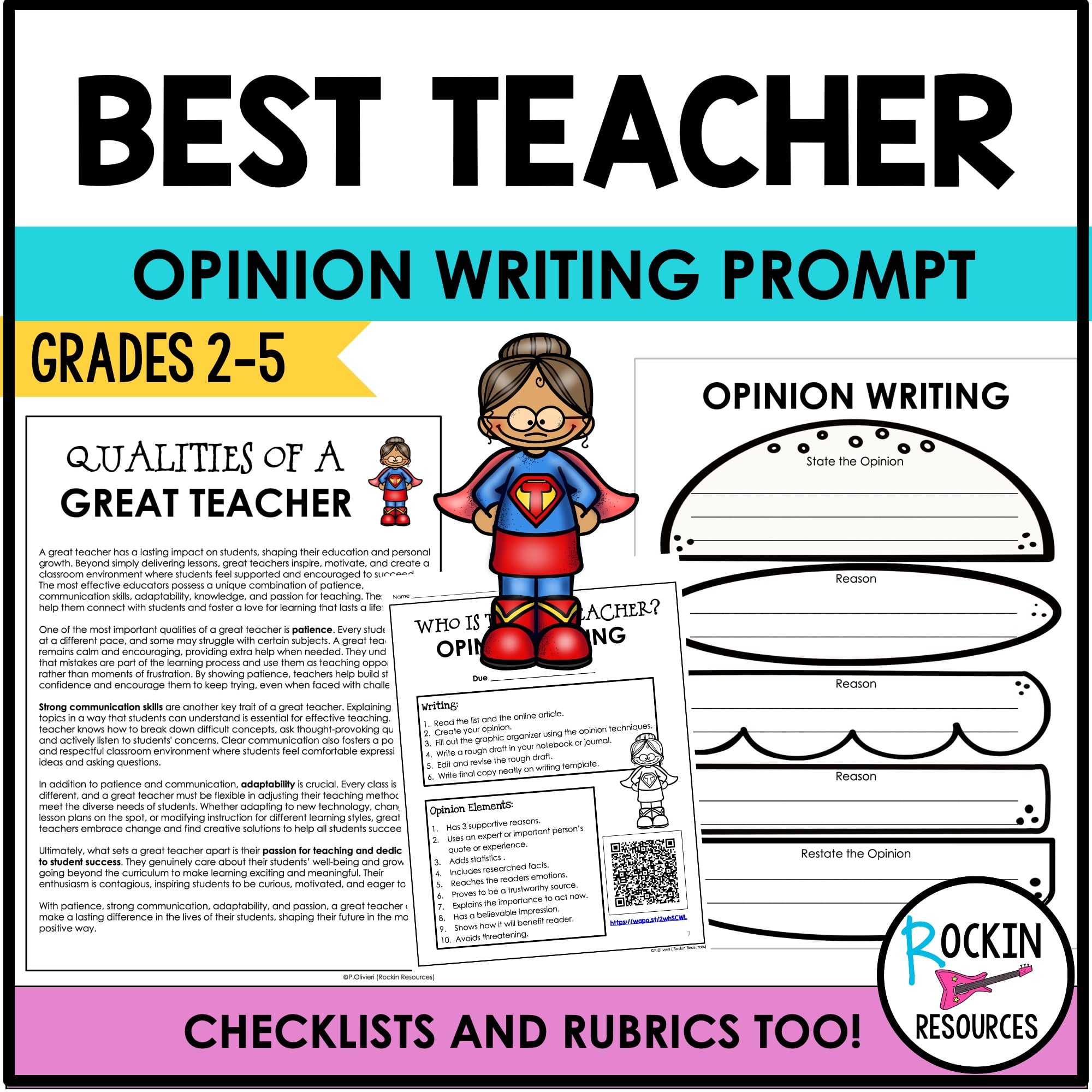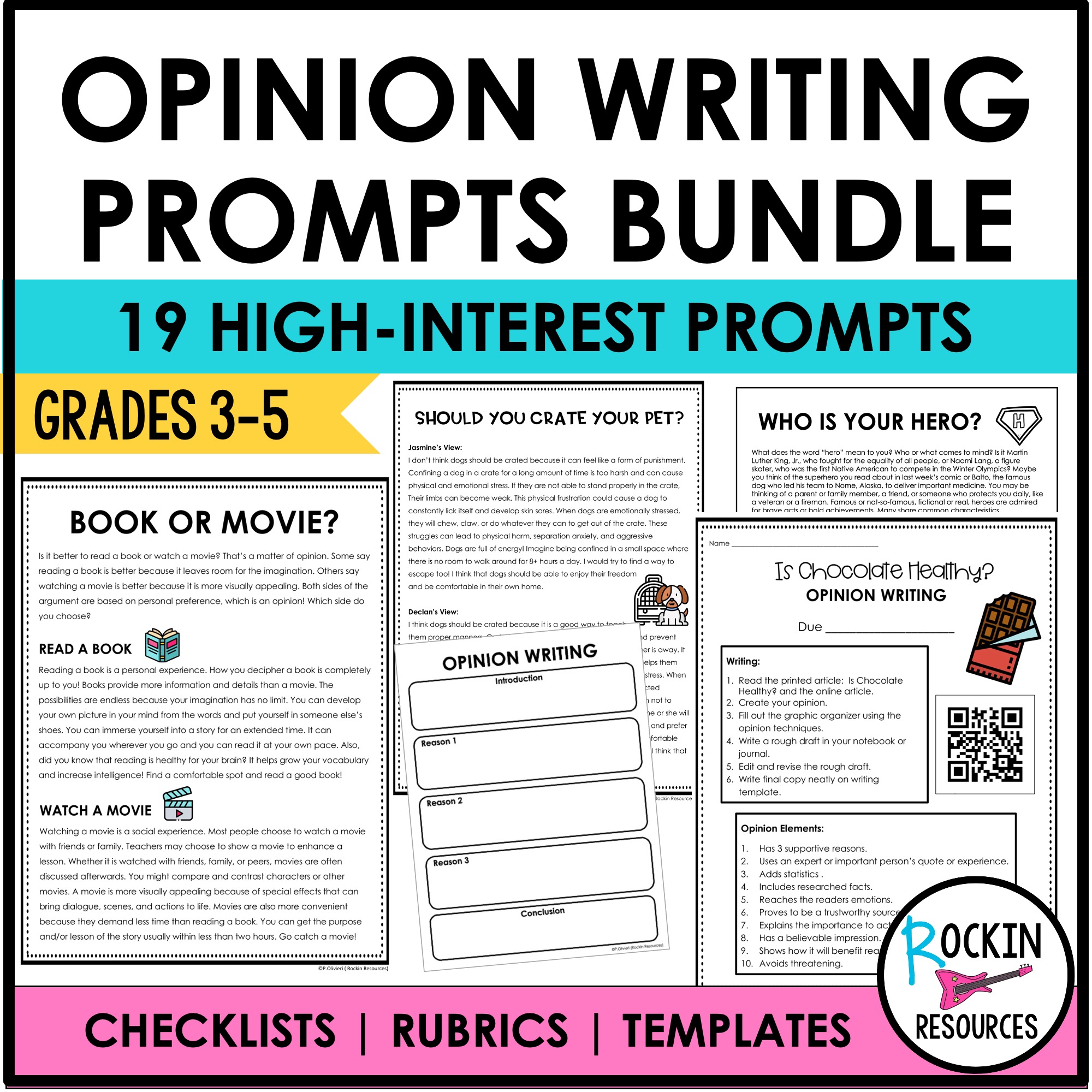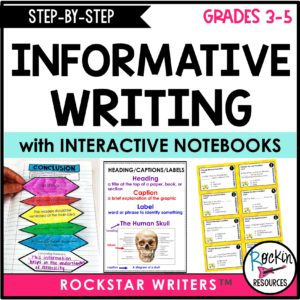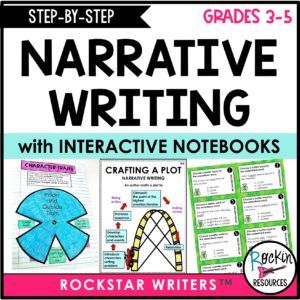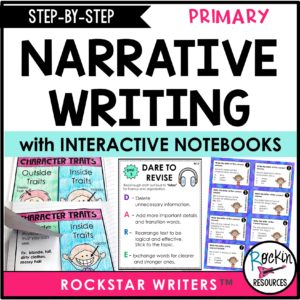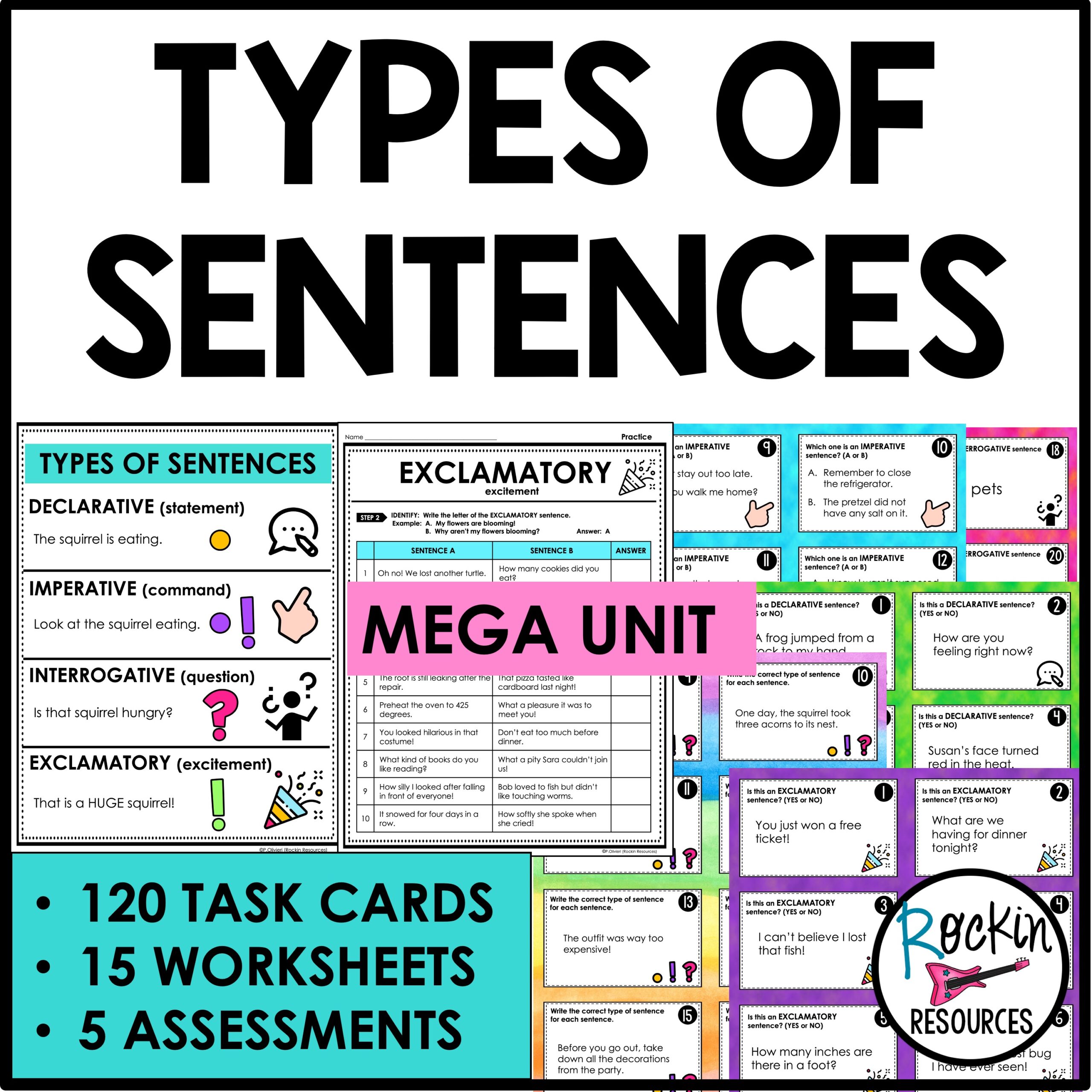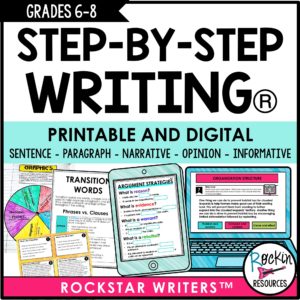In order to compose a clear and concise paper, a writer greatly benefits by jump-starting their process with questions! By asking themselves some questions about the intent and purpose of the paper the writer can correctly choose an appropriate writing style for their piece. Here’s a short list of example questions!
-Who is my audience (peers, instructors, fiction readers)?
–Is this writing going to be fact or fiction?
-Why am I writing this (for enjoyment, for a grade, for a report)?
-Do I need to organize my writing in a way that will help with reader comprehension?
-Am I using other people’s research?
These questions can help writers understand which approach they should take with their writing. Three writing styles that are highlighted in our resources are Narrative, Opinion, and Informative Writing. All three of these styles have their places and purposes in the world of literature and if writers use the wrong style, their whole message could come out totally twisted and wrong! So, what is the difference between Narrative, Opinion, and Informative writing? Let’s take a quick look at all three of the styles.
NARRATIVE WRITING
Narrative pieces tell stories with an element of time and include a beginning, middle, and end. Think about Cinderella! There are story elements like a narrator, setting, characters, problems, and solutions all within one piece of writing. There is suspense and a climax as the plot unfolds. Within a narrative piece, the author will include words and phrases that bring the story to life. They create imagery—a picture in your mind. However, be aware that narrative writing is not reserved for fairytales and fiction! Students could narrate the life of their favorite musician, their dog, or their own life. More experienced writers will have an underlying theme to their story.
OPINION WRITING
Students should use Opinion Writing styles when forming their own arguments. Whereas Narratives tell stories, Opinion pieces aim to convince others of something. In these papers, it’s very important for students to state their opinion, as well as to provide supportive reasons that strengthen their argument. Oftentimes, the author adds a personal experience or another person’s experience to reach the readers’ emotions and create a believable impression. In upper elementary grades and above, opinion pieces should include facts, quotes, and statistics from trustworthy sources to achieve credibility. Help students understand that they should not express their opinion with threatening words.
INFORMATIVE WRITING
Informative Writings are similar to lab reports, in which a scientist writes and presents their findings to inform the reader of the experiment. Informative pieces have technical layouts which include a table of contents to aid the reader in finding specific topics, subtopics, glossaries, and works cited pages. Whereas Narrative writings are organized chronologically to depict a plot and storyline, Informative pieces are organized according to how the author wants to present important details about the subject. Illustrations, charts, diagrams, and maps are all useful visuals to reinforce data within Informative writing.
Let’s take a closer look at the comparison. Below you will find a chart showing the differences between the 3 types of writing.
With our Rockstar Writers® programs with Step-by-Step Writing®, students will learn more in-depth about the differences and similarities of these three popular writing styles. Through modeling and mentor text, they will develop their own effective essays. Learning and practicing different writing styles will equip students with the skills and knowledge they need to help make them the best writers they can be!
CLICK TO LEARN MORE ABOUT ROCKSTAR WRITERS
Keep rockin’ it!
See Similar Blogs:
Discover Related Resources:
-
3rd Grade Step-by-Step Writing® Program
Original price was: $100.44.$70.00Current price is: $70.00. -
4th Grade Step-by-Step Writing® Program
Original price was: $100.44.$70.00Current price is: $70.00. -
5th Grade Step-by-Step Writing® Program
Original price was: $100.44.$70.00Current price is: $70.00. -
Informative Writing Mini Lesson Videos | Distance Learning
Original price was: $49.99.$29.99Current price is: $29.99. -
Informative Writing Prompt Passages Bundle
Original price was: $8.00.$7.00Current price is: $7.00. -
INTERACTIVE STEP-BY-STEP® WRITING PROGRAM ULTIMATE BUNDLE
Original price was: $379.00.$189.00Current price is: $189.00. -
Narrative Writing Grades 6-8
$19.99 -
Narrative Writing Mini Lesson Videos | Distance Learning
Original price was: $49.99.$29.99Current price is: $29.99. -
Opinion Writing Mini Lesson Videos | Distance Learning
Original price was: $49.99.$29.99Current price is: $29.99. -
Opinion Writing Prompts Bundle
Original price was: $14.00.$6.00Current price is: $6.00. -
Step-by-Step Opinion Writing
$19.99 -
Types of Sentences | Declarative | Imperative | Interrogative | Exclamatory
Original price was: $15.00.$7.99Current price is: $7.99.
Share this Blog on Pinterest:


